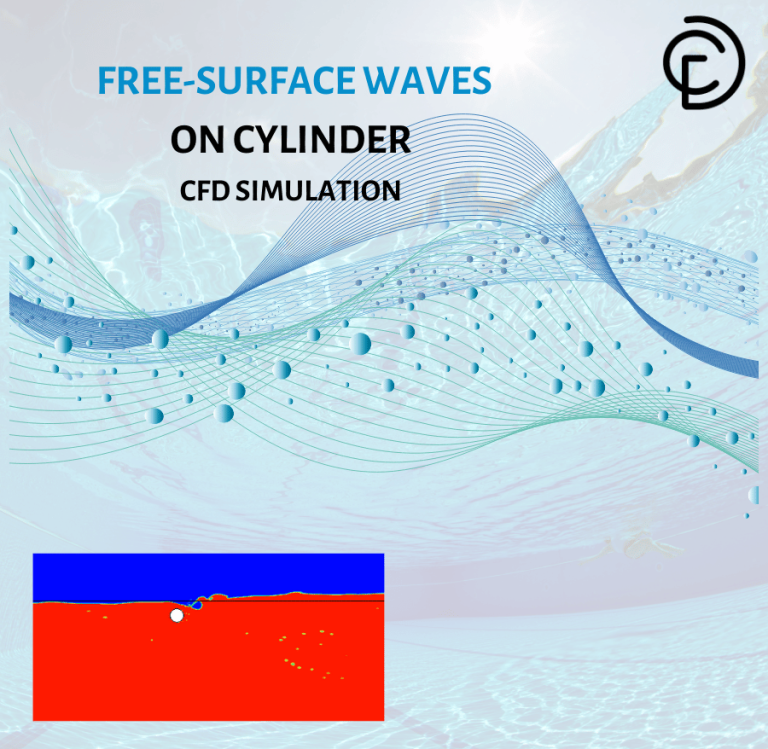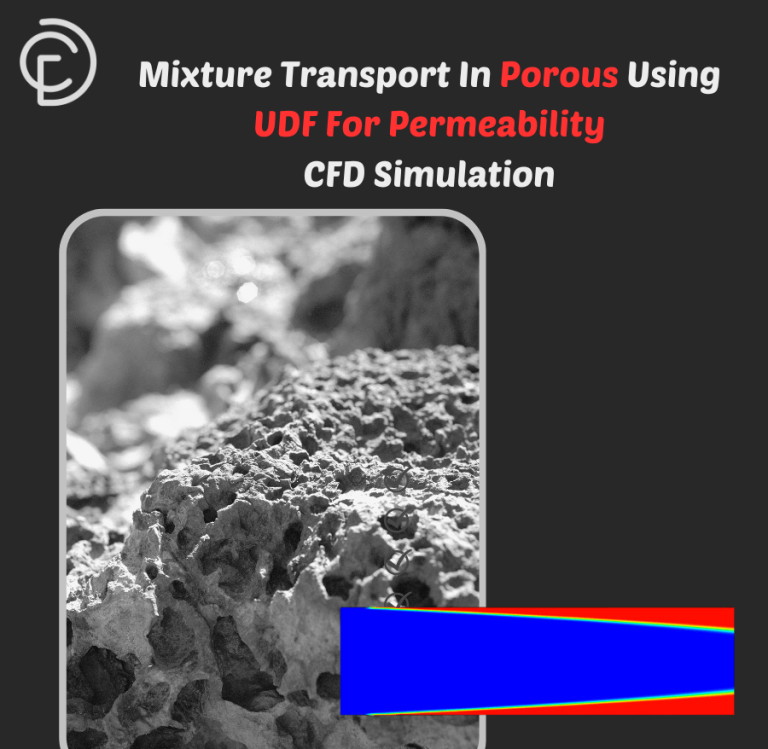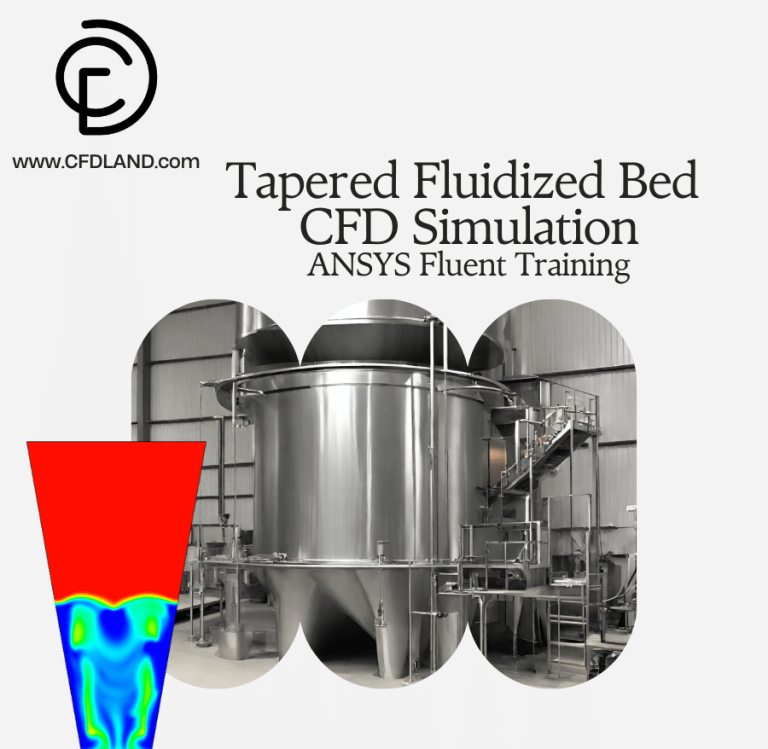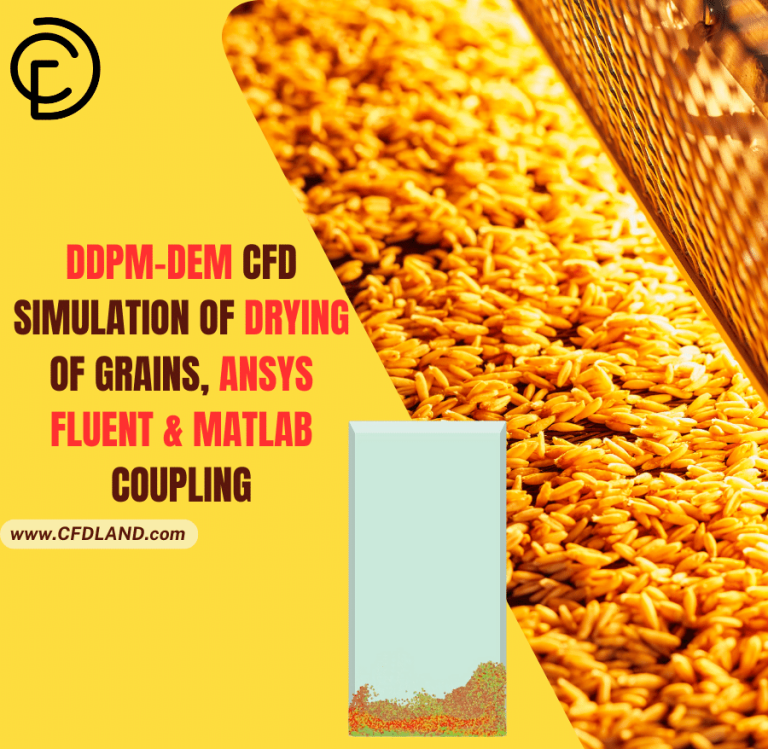Wave Generation By Tsunami CFD Simulation, ANSYS Fluent Tutorial
Wave Generation By Tsunami CFD Simulation, ANSYS Fluent Tutorial
- Upon ordering this product, you will be provided with a geometry file, a mesh file, and an in-depth Training Video that offers a step-by-step training on the simulation process.
- For any more inquiries regarding the product, please do not hesitate to reach out to us at info@CFDLAND.com or through our online support assistant.
€175.00 Original price was: €175.00.€140.00Current price is: €140.00.
Generation of tsunami waves and how they affect buildings is a complicated fluid physics problem that affects many areas, from the deep of the ocean to buildings along the coast. The process starts with a rapid movement of water, which is usually caused by an earthquake and adds a lot of energy to the water column. Gravity waves control how this energy moves through deep water as long waves with low amplitude. As these waves get closer to shoreline areas, they change a lot because of shoaling caused by bathymetry. They get much taller while their range and speed get shorter. When tsunami waves hit buildings along the coast, they create substantial hydrodynamic forces. The objective of the current study is to investigate the effect of tsunamis and wave generation on buildings. The study relies on the reference paper titled “ Multiphase modeling of tsunami impact on building with openings [1]”.
- Reference [1]: Ghosh, D., A. K. Mittal, and S. K. Bhattacharyya. “Multiphase modeling of tsunami impact on building with openings.” The Journal of Computational Multiphase Flows2 (2016): 85-94.
- Reference [2]: Rossetto, Tiziana, et al. “Physical modelling of tsunami using a new pneumatic wave generator.” Coastal Engineering6 (2011): 517-527.
Figure 1: wave generation of Tsunami and effects on buildings CFD Simulation
Simulation Process
Simulation needs the production of geometry first. A 2D model of a tank container and the channel is created by Design Modeler and also divided into sections for grid. These sections allow for the generation of a structured grid, resulting in 37915 cells (see Fig. 3). In order to simulate two-phase (air and water) flow, volume of fluid (VOF) technique is used. Indeed, the nature of wave generation is unsteady, so transient solver is employed. Importantly, the mesh adaption (coarsening/refining) technique is used to control mesh quality during wave generation.
Figure 2: Schematic diagram of tsunami wave generation mechanism CFD simulation [1]
Figure 3: section view of structured mesh for tsunami wave cfd simulation
Post-processing
The CFD modeling results of how tsunami waves are made show how fluid dynamics and wave-structure interactions are very complicated. The simulation shows big, rolling waves with different amplitudes and widths. This shows that the tsunami has long waves and can move large amounts of water over long distances. The velocity lines go from 0 to 4.3 m/s, with blue showing the slowest speeds and red showing the fastest. Near the building, there is a clear rise in fluid velocity, which means that the fluid is moving faster around and over the object. The flow patterns behind the coastal building show both vortices and turbulence. This study shows how important strong coastal defence plans are and how we need new technical methods to handle the huge forces that tsunami waves create.
We pride ourselves on presenting unique products at CFDLAND. We stand out for our scientific rigor and validity. Our products are not based on guesswork or theoretical assumptions like many others. Instead, most of our products are validated using experimental or numerical data from valued scientific journals. Even if direct validation isn’t possible, we build our models and assumptions on the latest research, typically using reference articles to approximate reality.
Yes, we’ll be here . If you have trouble loading files, having technical problems, or have any questions about how to use our products, our technical support team is here to help.
You can load geometry and mesh files, as well as case and data files, using any version of ANSYS Fluent.
€145.00 Original price was: €145.00.€65.00Current price is: €65.00.

€155.00 Original price was: €155.00.€135.00Current price is: €135.00.

€155.00 Original price was: €155.00.€99.00Current price is: €99.00.

€190.00 Original price was: €190.00.€125.00Current price is: €125.00.

€210.00 Original price was: €210.00.€155.00Current price is: €155.00.

€245.00 Original price was: €245.00.€199.00Current price is: €199.00.








![Schematic diagram of tsunami wave generation mechanism CFD simulation [1]](https://cfdland.com/wp-content/uploads/2024/08/Schematic-diagram-of-tsunami-wave-generation-mechanism-CFD-simulation-1.png)












Reviews
There are no reviews yet.